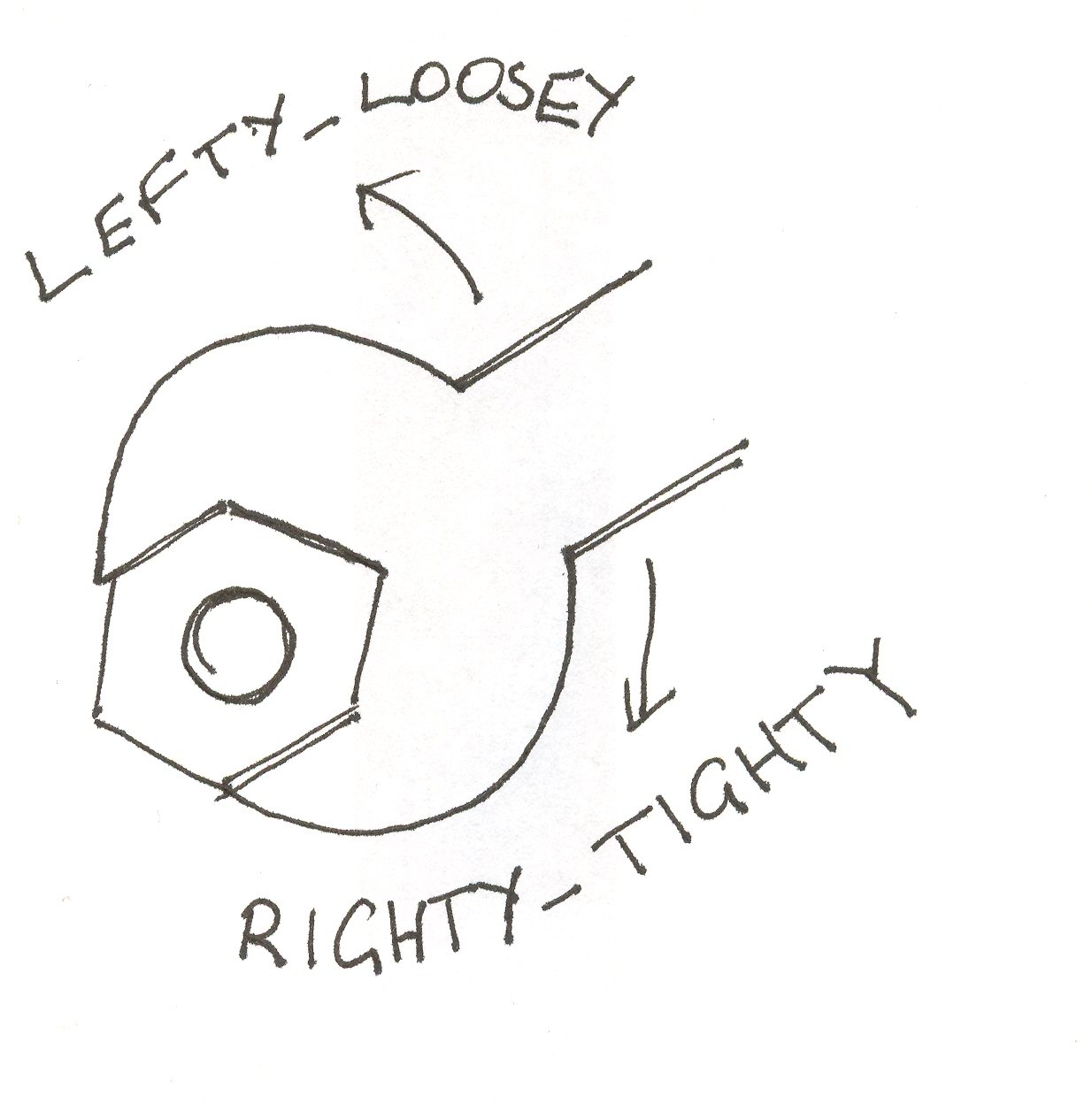this post was submitted on 13 Oct 2024
472 points (97.8% liked)
Asklemmy
43989 readers
691 users here now
A loosely moderated place to ask open-ended questions
If your post meets the following criteria, it's welcome here!
- Open-ended question
- Not offensive: at this point, we do not have the bandwidth to moderate overtly political discussions. Assume best intent and be excellent to each other.
- Not regarding using or support for Lemmy: context, see the list of support communities and tools for finding communities below
- Not ad nauseam inducing: please make sure it is a question that would be new to most members
- An actual topic of discussion
Looking for support?
Looking for a community?
- Lemmyverse: community search
- sub.rehab: maps old subreddits to fediverse options, marks official as such
- [email protected]: a community for finding communities
~Icon~ ~by~ ~@Double_[email protected]~
founded 5 years ago
MODERATORS
you are viewing a single comment's thread
view the rest of the comments
view the rest of the comments

It's getting so convoluted at this point just knowing clockwise/anticlockwise is infinitely easier.
Yes! That concept makes way more sense.
If a steering wheel has you this perplexed then I beg you to never ever drive a vehicle.
If you're gripping the bottom of the wheel you move your hands left to make the car turn right. Which is kind of the whole problem here. Rotation around a centre doesn't happen right or left. That's the whole reason why the words "clockwise" and "anticlockwise" exist. Translation = right, left, up, down, forward, back. Rotation = clockwise, anticlockwise.
It doesn't matter where you hold the wheel. When you're turning right, you're always doing the right movement for tightening a screw, no matter the hand position. That's the point.
A clockwise rotation turns a car to the right (in forward gear) and tightens a nut (right hand threaded). But this is not a rotation to the right. It's a clockwise rotation. You can't rotate "to the right". That's the point.
I agree. But you can say turn to the right and people connect the clockwise movement of the wheel with the direction of the car, which makes it possible for people to understand each other's instructions intuitively even if they use right-left terminilogy instead of the precise clockwise-counterclockwise one.
If I ask you to turn the car left and you give me this speech I would eject from the car.
Yes, and I would be devastated to see you go.
At least until the next bend in the road where the sign indicating a left turn ahead is more than you can handle.
Yes. I should imagine I would be quite happy that you were gone by then.
how's your day goin, man?
Yeah, same old. You?
Am I going clockwise or anticlockwise round the track?